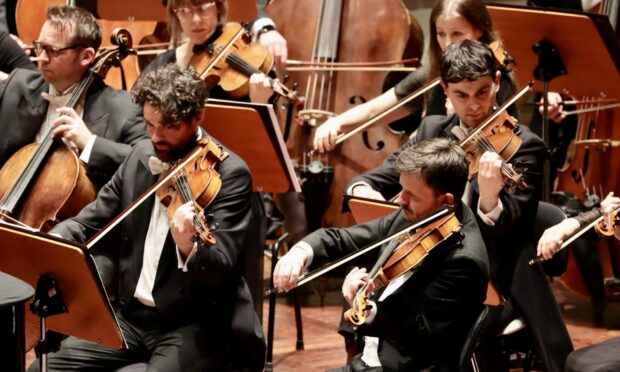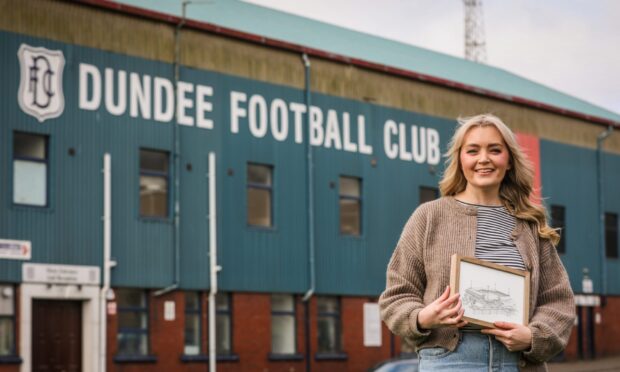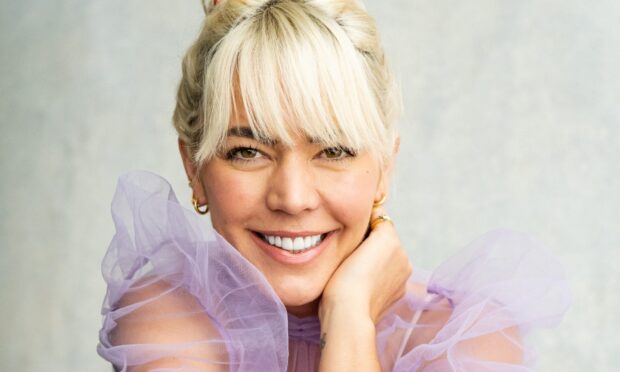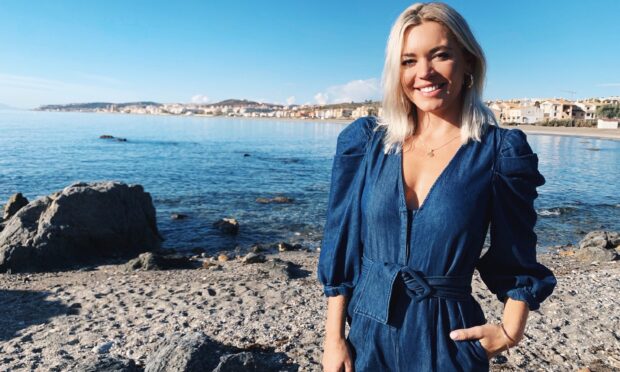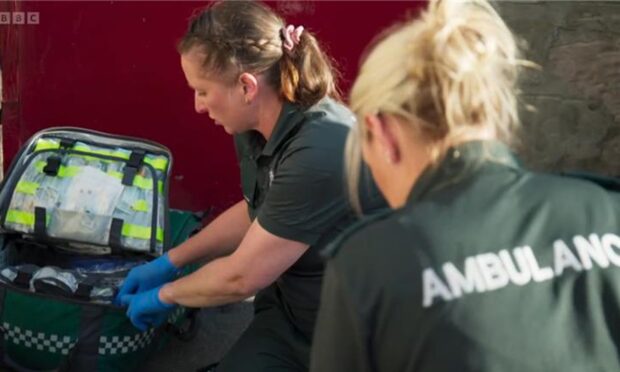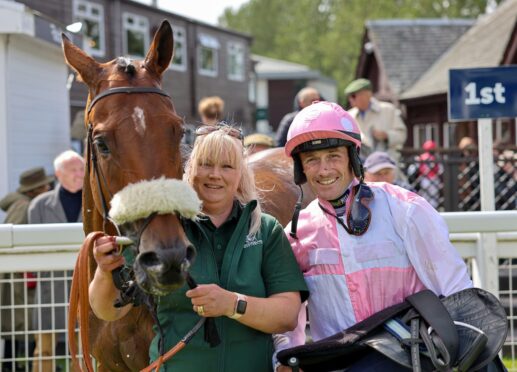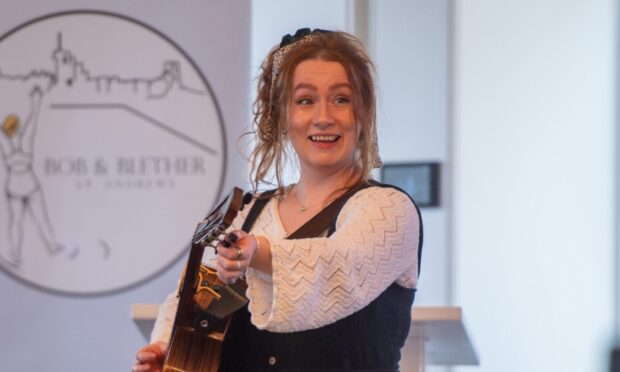On my bucket list is a trip to Vienna for the annual New Year’s Day concert, an evening of wall-to-wall music from the Strauss family and other contemporaries.
But who needs the Vienna Musikverein, the Vienna Symphony Orchestra and the blue Danube when you have the Perth Concert Hall, the RSNO and the silvery Tay?
The concert on Friday night was ample compensation for not jetting to the Austrian capital.
The Blue Danube was there, of course – no Viennese Gala would be complete without this famous waltz. There were also polkas, marches and an unusual quadrille, interspersed with song, which made for an evening that bubbled and fizzed.
It was also delivered with a barrowload of flair and panache by the orchestra, conductor David Niemann and tenor Jamie MacDougall.
Top-class tenor
In fact, there was reason to call it the MacDougall Show, such was his top-class contribution.
His five songs, ranging from the Neapolitan Paolo Tosti to the Charles Marshall’s I hear you Calling Me, were magnificent, the latter especially so.
Add that excellence to pithy introductions and you have a fine compere, the ideal link between instrument and song. Basically, he was in his element and unwittingly stole the show.
Niemann, in this his Scottish debut, also had a major role to play.
Strauss to perfection
Music by Johann Strauss needs an elasticity, a sort of rubato and non-rigid interpretation that makes the music breath. This he did to perfection, I felt, as well as making the music flow when it had to.
However, he tended to push the boundaries of this in the Blue Danube where a hiatus almost became a pause.
The orchestra? It goes without saying that their performance was out of the top drawer, relishing the departure from their normal symphonic routine.
Bracketed by the overture to Fledermaus and the evergreen Radetzky March – father Strauss’ only contribution to the evening – the music flowed like the Danube itself, peppered with solos that sparkled like diamonds.
The inclusion of a Brahms Hungarian Dance and the pizzicato movement from Delibes’ Sylvia broke the routine slightly.
I bet the second violins and violas welcomed this as it gave them a break from their “rest, two, three” three-in-a-bar state of affairs that constituted the majority of their involvement.
Unusual piece
Another unusual piece was Strauss the Younger’s Kunstler Quadrille, in which he “borrows” snatches of well-known melodies. There were too many to count but I recognised a few including The Carnival of Venice, an aria from The Magic Flute and Mendelssohn’s Wedding March
There was a huge turn-out at the concert hall, proving that this music has an important niche in the classical music scene.
It remains to be seen, however, that if the main composer on the programme had started with another S, like Sibelius, Smetana or Shostakovich, would it have provided a similarly enthusiastic audience?
I’d like to think that audiences, whilst enjoying the frivolity of music of Strauss, can also get to grips with the more serious side of music and achieve the same satisfaction.
